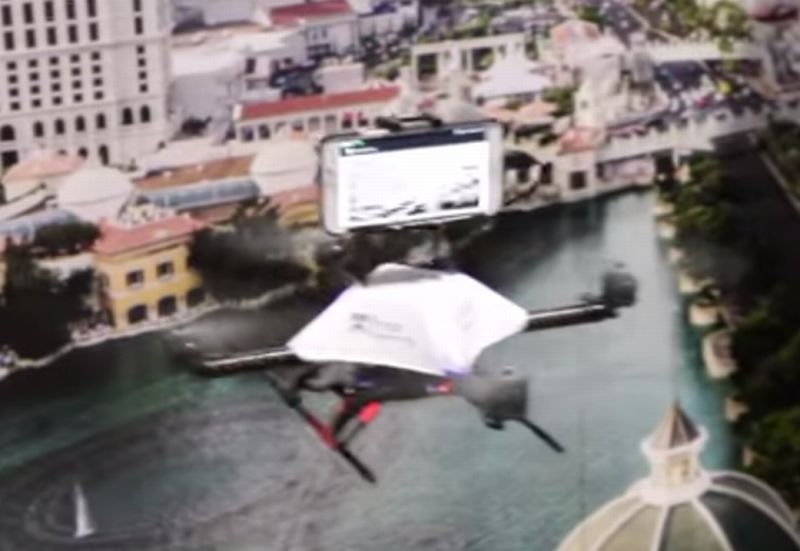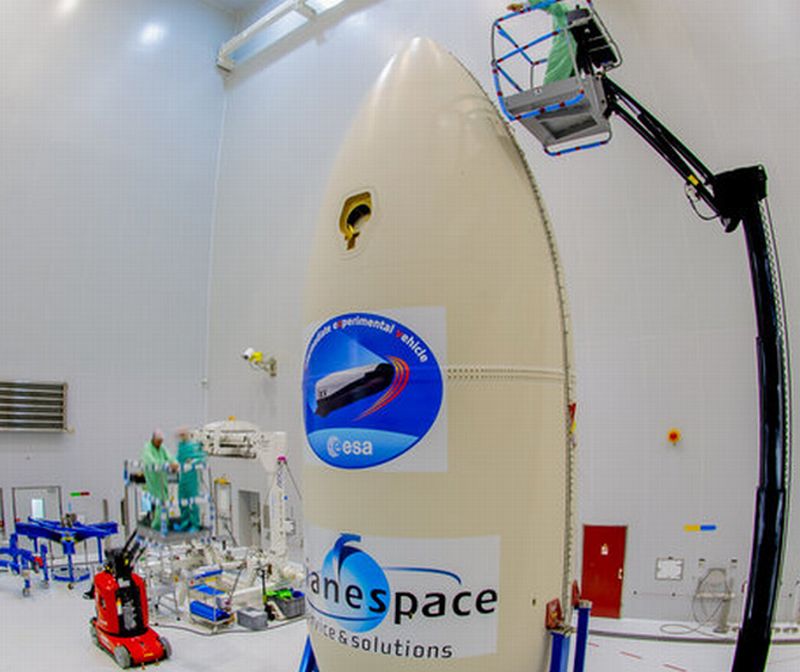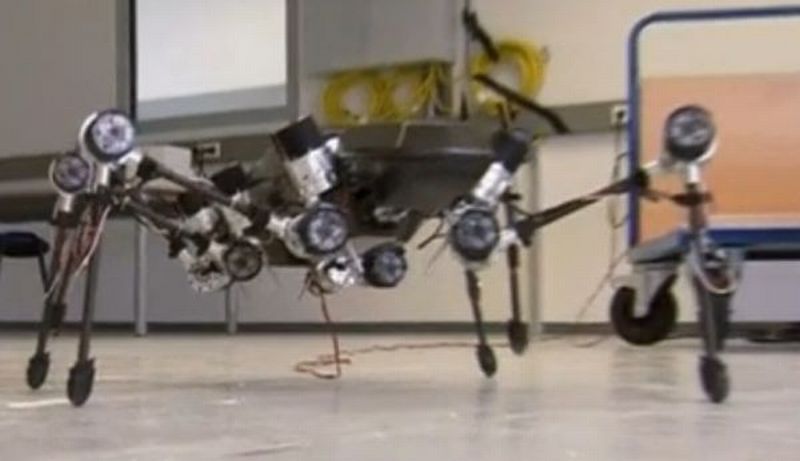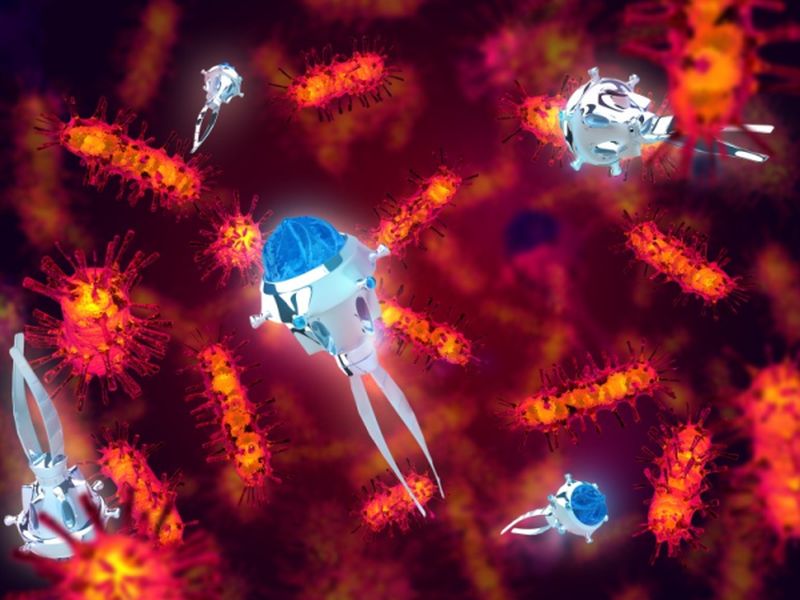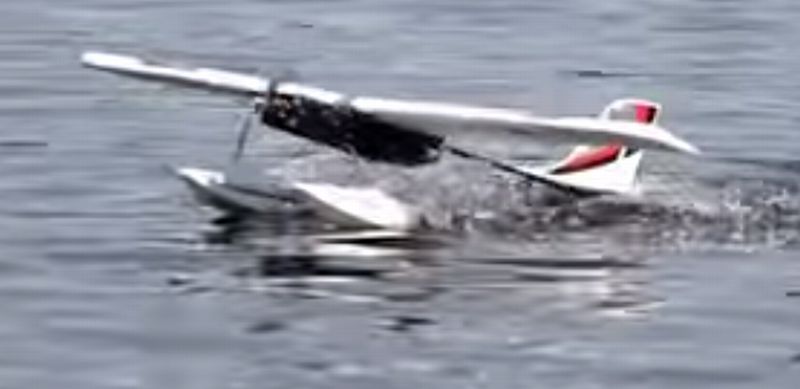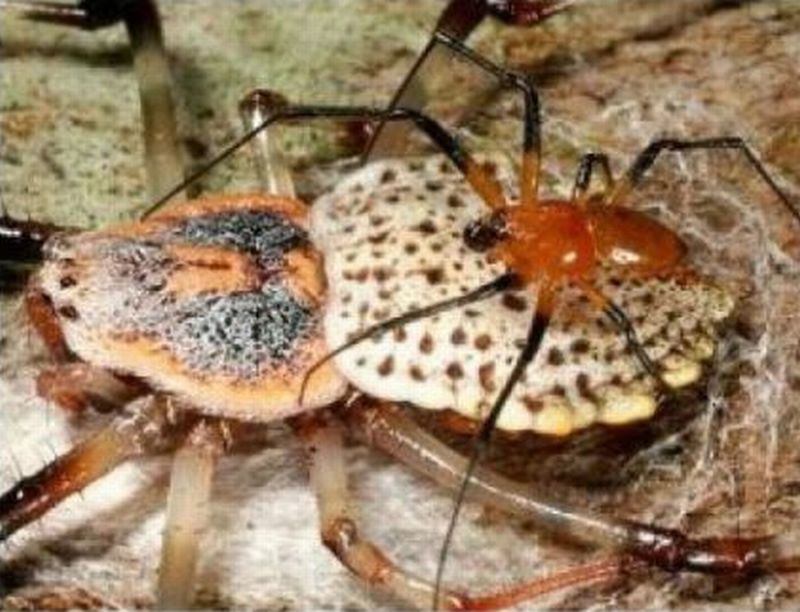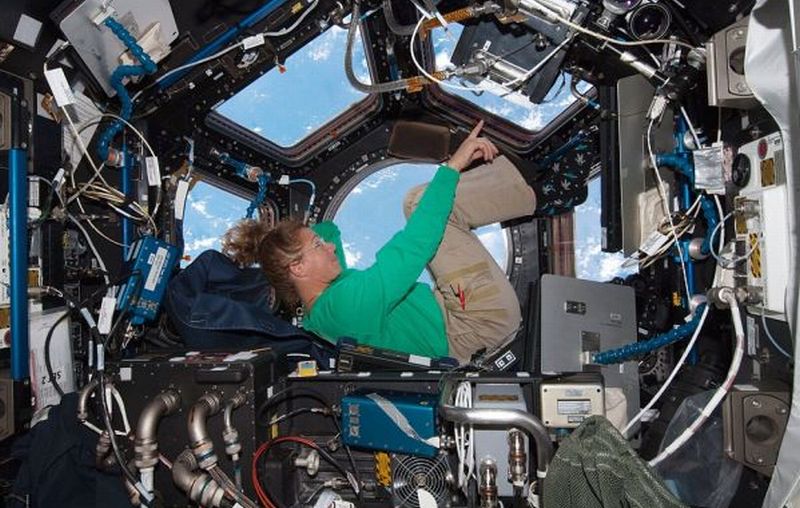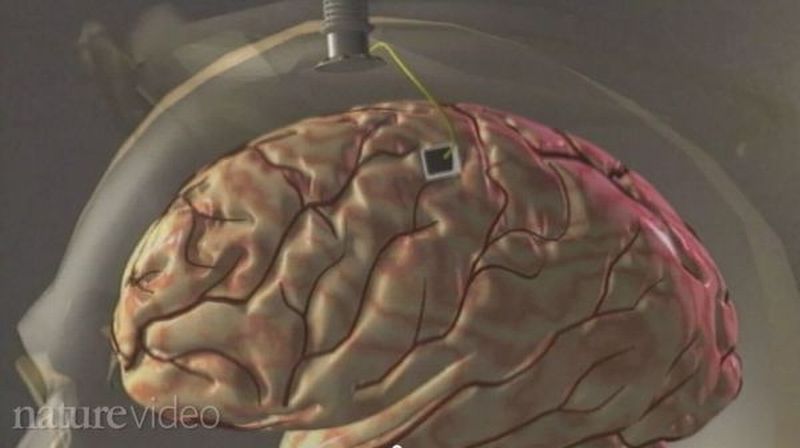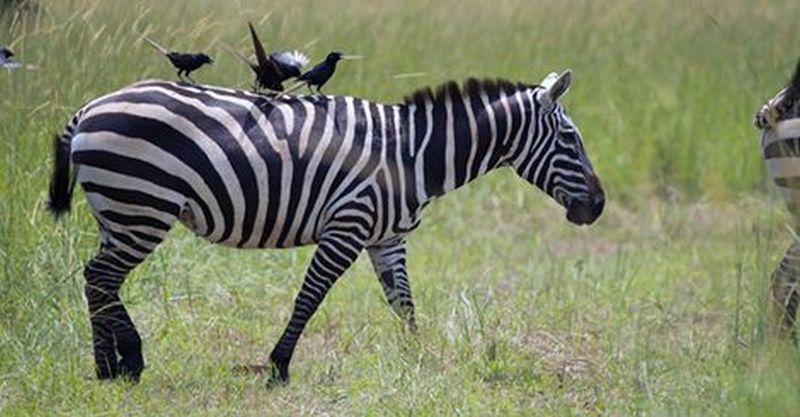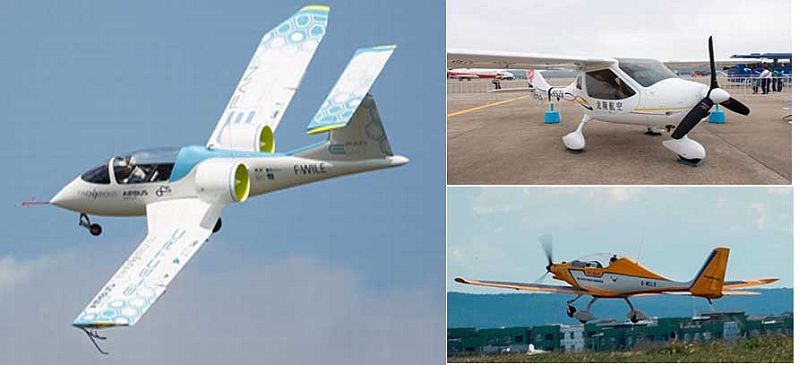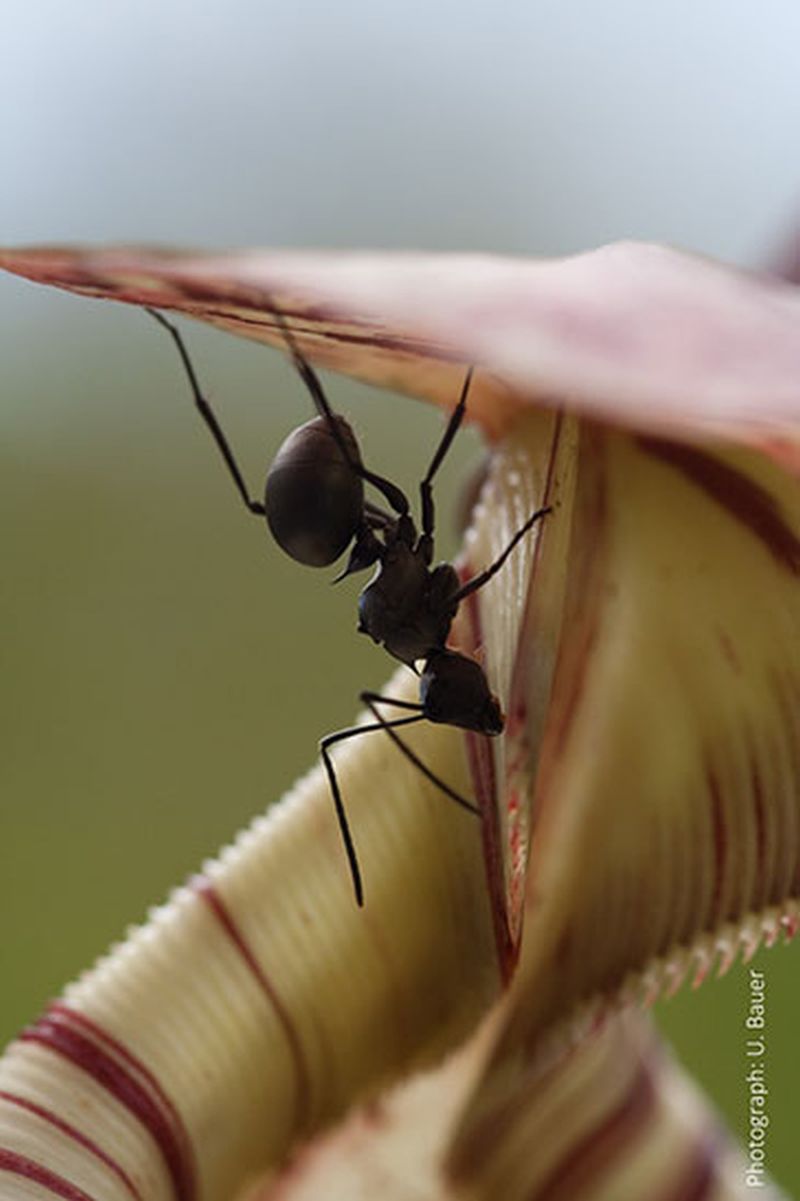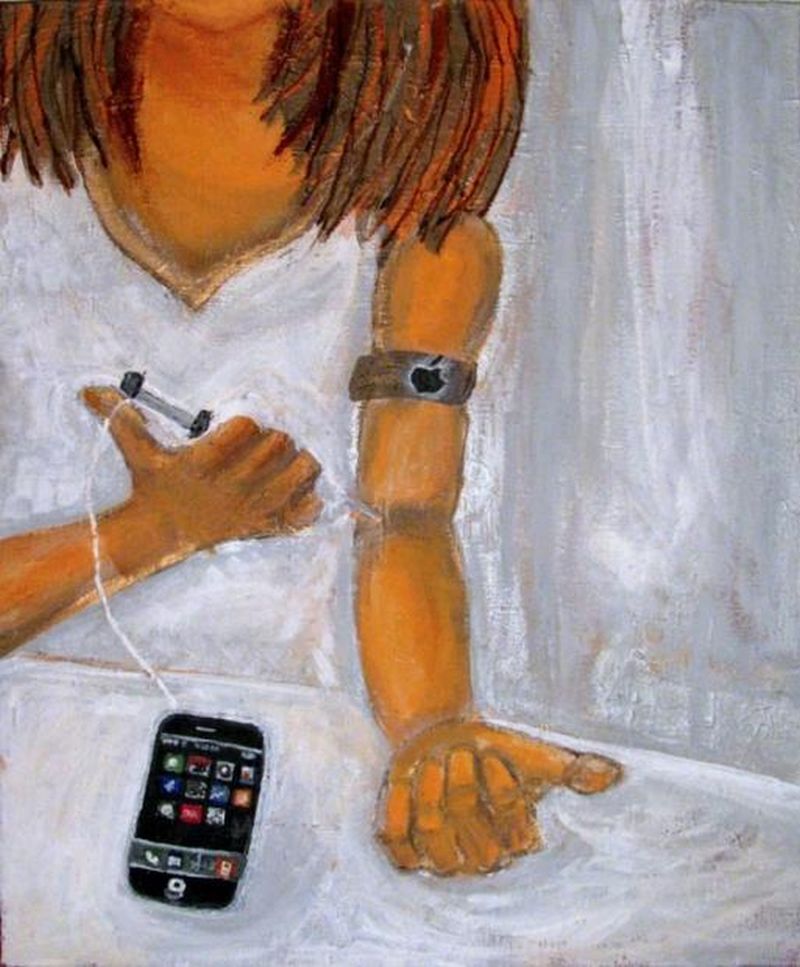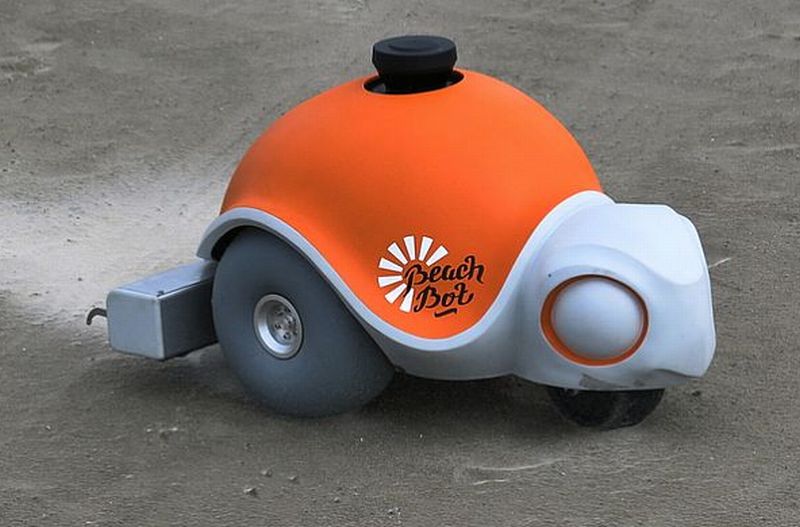For the first time consumer-grade electronics are used for programming autonomous drones. This drone makes use of smartphone as its brain. The phone senses its environment by taking real time pictures. Even the real time computation is done on the device itself along with higher-level autonomy, maneuvering, navigation, control and computer vision algorithms. The product is the brainchild of GRASP Laboratory, University Of Pennsylvania. Click on the video below to see the autonomous flying robot: This makes me think, if you lose your smartphone, you’d end up losing the drone…
Read MoreMonth: January 2015
ESA’s Space Taxi ready for Flight: Mastering Autonomous Return from Orbit
Europe’s much-awaited “Space Taxi” is finally ready for its first test flight and reentry mission, which is scheduled to be held on February 11.
Read MoreHector Robot is the Giant Stick Insect: Biomimicry
Biomechatronics researchers at Bielefeld University, Germany have come up with a bot called Hector that is inspired from stick insect, another invention in the field of biomimicry. The insect bot has six limbs with an ability of functioning independently. The embedded sensors help it in reacting autonomously to its external setting and accordingly assist in learning from experience. Only for research platform Jan Paskarbeit, the developer envisions Hector in areas like testing animal locomotion theories. The bot however, is not designed with an intention of severing humans in areas like…
Read MoreChewing of Gum leads to Oral Health: Dental Hygiene
Recent study from the University of Groningen, Netherlands has revealed the positive effect of chewing gums. Chewing of gum not only helps in exercising the facial muscles, but it also helps in contributing maintenance of oral health as it eradicates harmful bacteria from mouths.
Read MoreNanoparticle Compound delivered directly into the Gut Tissue: Self-propelling Nanobots
Experts believe that micromachines or nanobots use in the field of medicine can change the way some of the medical conditions are diagnosed and treated. Using these nanobots, medical payload would be sent directly to the specific injury site. Until now the researchers have achieved to test such micromachines in cell samples under laboratory conditions.
Read MoreDrones to take Water Samples: New Era of Hands-on Aerial Robots
Drones embedded with cameras or infrared sensors have been doing well in areas like farming and surveillance but it seems that researchers are looking forward to extend the current restrictions. Thinking on these terms, some engineers have come up with tiny crafts that have an ability of scooping up water samples for identifying invasive species and checking oil leaks over the surface. Some drones of the similar kinds have been upgraded as they can even carry out rudimentary analysis on the collected water sample. This would come as a handy…
Read MorePET Plastic Bottles morph to Paper: Ecological Paper
A Mexican startup company, Cronology situated in Ecatepec, has designed an innovative environment friendly technology that recycles waste PET bottles into peta paper or mineral paper. The technology claims to conserve around 20 trees from being chopped down and 50,000 liter of precious water on the production of per ton of paper, as they do not need chlorine or water for manufacturing.
Read MoreCoin Spiders Self-Emasculate after Mating: Survival of the Genes
Much has been discussed about the cruel phenomenon of sexual cannibalism practiced by the famous black widow spider but not many know about another crazy phenomenon practiced by a male coin spider. These male spiders (Herennia multipuncta) are one of the greatest lovers in the nature. These tiny spiders have the courage to propose a female almost four times its size, which, if hungry rejects the proposal and preferably feeds on the male. However, scientists observed that if the male is lucky enough to woo the female, the male after mating…
Read More10 Images from Space Station Element Cupola: An Astronaut’s Office within the ISS
Last month, we covered a round up related to view from space and now we have some images from within Cupola, the pressurized Space Station Element with seven windows. Cupola The Cupola is an observatory module of the ISS. It has seven windows that are used for performing experiments, anchoring and observing Earth. The Space Shuttle mission STS-130 was kicked off from Earth on 8 February 2010 and docked to the Tranquility (Node 3) module. Considering Cupola’s successful attachment, ISS assembly has reached 85 percent completion. The observatory module is…
Read MoreHead Mounted Wireless System Fabricated: Paralyzed Patients to convey thoughts at the speed of Internet
Now paralyzed patients would soon be conveying their thoughts via remote control manually attached to their skull. Experts at Brown University in collaboration with Blackrock Microsystems, a firm based in Utah have fabricated the wireless device. They claim that the gizmo can be implanted to the skull of a patient and then the thought commands are transmitted by the inbuilt radio system. As per the sources, once it gets clearance from the U.S. Food and Drug Administration, the device would be tested on volunteers, by the end of this year.
Read MoreEvolution of Stripes in Zebras: Complex Mix of Purposes
Why do zebras evolve to sport such black and white, striped coat, has made experts curious. There are many theories that explain the reason behind zebra stripes. One of the theory suggests that these stripes help zebras to camouflage in tall grasses, exceptionally well during dawn or the dusk time. While another one says, the strips assist zebra to escape from the bites of troublesome flies or social cohesion. While the last one advocates that, these stripes create an optical illusion, which dazzles the hunter that eventually misses its target.
Read MoreElectric Planes to serve Training Markets: The New Era of Aviation
Airbus in collaboration with a Chinese aviation manufacturer envisions that the time has come for electric airplanes hitting the mainstream aviation projects including training flights. It’s been quite some time now since electric aviation have been working towards creating electric trainers because of its affordability, cleanliness and vibration-free quality relatively.
Read MorePitcher Plants switch off their Traps for luring more Prey: Exploiting Insects social instincts
Carnivorous vegetation like pitcher plants has adapted to thrive in areas scarce of nutrients. Unlike other plants that derive nutrients from soil, pitcher plants have evolved to derive essential nutrients by gorging on insects trapped in their pitcher like traps. Experts from the University of Cambridge, UK and the University of Bristol, UK, studying the pitcher plants say that the plants are smart enough to plan a strategy to attract more prey into their deadly traps.
Read MoreSeparation from Cell Phone may cause Anxiety & Unpleasantness: Poor cognitive outcome
Today cell phone has become an integral part of human life and imagining a life without such fancy gadgets is impossible. Earlier cell phones were primarily used for communication, but now they have many more applications. This increase dependency on cell phones is no less than an addiction, which is difficult to overcome. To understand what happens when an individual is distanced from its phone, researchers from the University of Missouri conducted a study.
Read MoreBeachBot creates artworks on an Infinitely Reusable Canvas: Robot Artist
Disney Research Zurich in collaboration with ETH Zurich have designed a robot called Beachbot that has the potential of carving impeccable huge sand drawings. Equipped with wi-fi computer, an inertial measurement unit (IMU) and laser scanner, the Beachbot walks effortlessly on sand making paintings. Laser scanner helps it to restrict its canvas boundaries within four poles mounted alongside the area. It also uses laser data and the IMU for its own location while it steers with millimeter accuracy inside the restricted area. Building rake mechanism that would compliment drawing tool…
Read More
